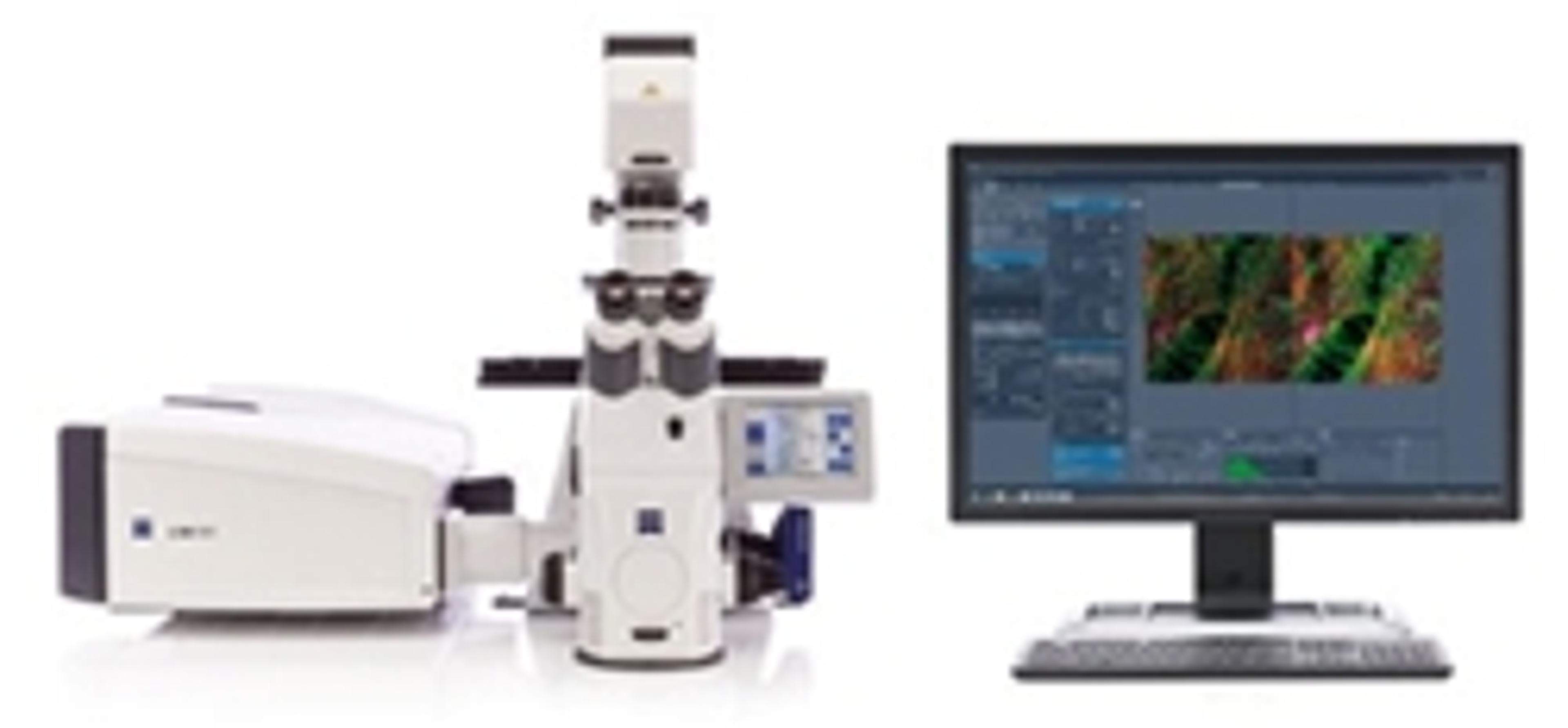ZEISS and Fellowes Brands Launch Mobile Phone Accessory Photography Lenses – Setting a New Quality Standard
Fellowes Brands, manufacturers of premium mobile photography accessories and ZEISS, international optics enterprise, present three new high-performance accessory lenses for mobile phones at the 2016 Consumer Electronics Show in Las Vegas
7 Jan 2016ZEISS, one of the world's leading companies in the fields of optics and optoelectronics, and the Fellowes’ ExoLensTM brand, an American innovator in mobile photography accessories, announce their collaboration in the design and development of accessory lenses for mobile phones. The companies will present the first jointly developed accessory lenses at the Fellowes booth (no. 31016) during the Consumer Electronics Show in Las Vegas from 6-9 January 2016.
The first three lenses – wide-angle, telephoto and macro – are scheduled to be launched in late Q2 2016. The wide-angle and telephoto lenses offer excellent image performance with outstanding edge-to-edge contrast. The macro lens features a zoom function – unique for accessory lenses of this type – for flexible image composition. The new lenses can be used on the Apple® iPhone®1) with customized mounting brackets.
Introduction
The development of Immunoassays – tests involving the use of antigen and antibody complexes to produce a measureable result – began in the 1960s with the use of radioimmunoassay (RIA). These assays are still used today. However, due to the practical complications involved in handling and disposing of radioactive materials, enzyme immunoassays (EIA) are more frequently used in the clinical laboratory. The Enzyme Linked Immunosorbent Assay (ELISA) is a commonly used type of EIA that combines an enzyme-antibody label reagent with a solid phase bound antibody. Immunoassays are used in clinical diagnostics to identify detect infectious diseases, and also to quantify disease biomarkers.
In the 1980s and 90s, major advances were made in the automation and sensitivity of immunoassays; these technologies have shaped the variety of automated immunoassay analyzers on the market today. This guide will discuss the available technologies, and highlight some of the advantages and disadvantages of utilizing them in the clinical laboratory.

